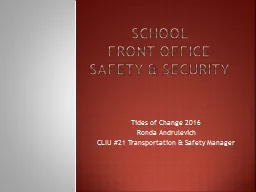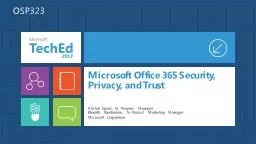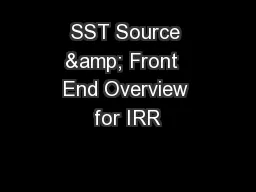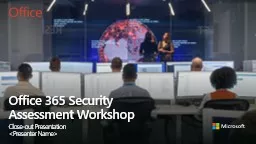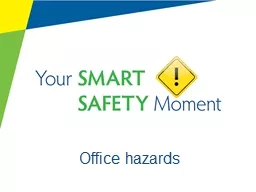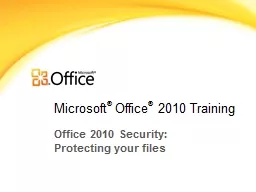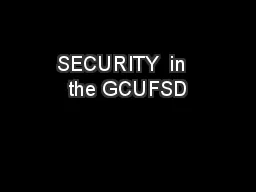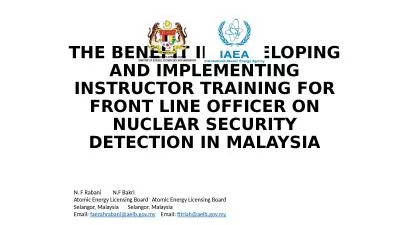PPT-School Front OFFICE safety & security
Author : stefany-barnette | Published Date : 2018-09-17
Tides of Change 2016 Ronda Andrulevich CLIU 21 Transportation amp Safety Manager Front Desk Organizations Safety amp Security You meet greet screen direct soothe
Presentation Embed Code
Download Presentation
Download Presentation The PPT/PDF document "School Front OFFICE safety & securi..." is the property of its rightful owner. Permission is granted to download and print the materials on this website for personal, non-commercial use only, and to display it on your personal computer provided you do not modify the materials and that you retain all copyright notices contained in the materials. By downloading content from our website, you accept the terms of this agreement.
School Front OFFICE safety & security: Transcript
Download Rules Of Document
"School Front OFFICE safety & security"The content belongs to its owner. You may download and print it for personal use, without modification, and keep all copyright notices. By downloading, you agree to these terms.
Related Documents

